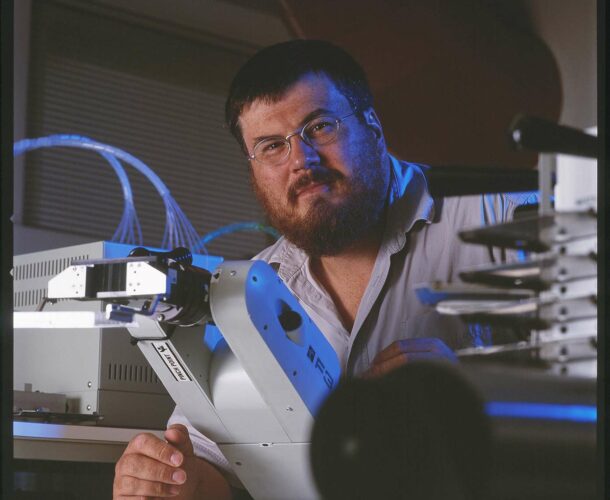Alan Cowman and Simon Foote discover how malaria parasites become resistant to the antimalarial drugs chloroquine and pyrimethamine. These findings have a great impact on the future treatment of malaria.
When the drugs don’t work
One of the biggest obstacles to malaria control is the parasite developing resistance to antimalarial drugs. Cowman and Foote identify the genetic mutations that allow the malaria parasite to circumvent the metabolic damage done by chloroquine and pyrimethamine, leading to these antimalarial drugs becoming ineffective.
The finding provides a strategy to prevent the development of resistant parasites by combining different antimalarial drugs. It also improves the treatment strategy in affected areas, based on the genetic profile of the local parasites.
Recollection: Sir Gustav Nossal
“In 1988, Simon Foote began a series of penetrating studies on the mechanisms by which malarial parasites become resistance to anti-malarial drugs. For example, he showed that a parasite line resistant to chloroquine had a greatly enlarged chromosome five. When this was more closely examined, it turned out that this swollen chromosome contained many copies of a gene homologous to one which certain drug-resistant mammalian tumour cells express and which acts as a molecular pump, actively expelling drugs from the cell. This finding has immediate practical application as the strong pumping action can be readily reversed by a group of drugs known as calcium channel antogonists. One such antagonist, verapamil, reversed the resistance.”1





